DC Servo Motor Trainer
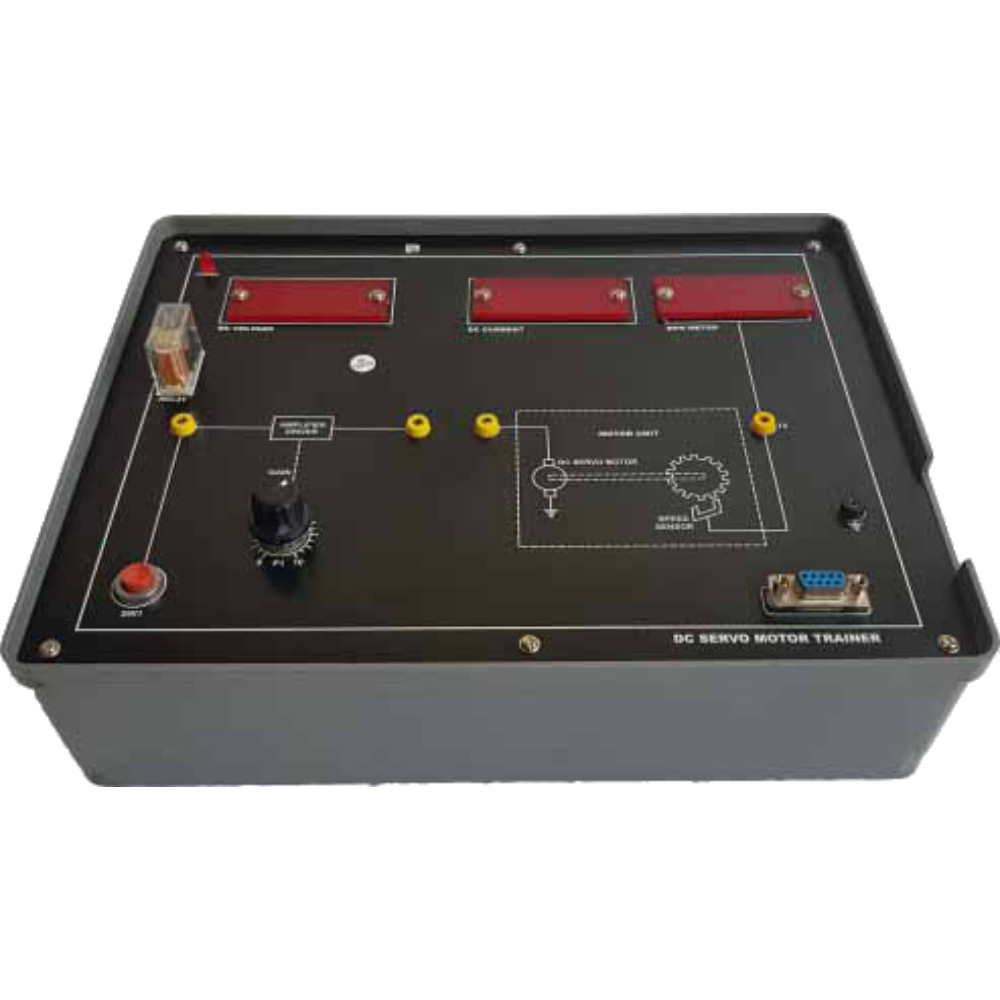
Order Code: 23246952.5
Category: General Lab Equipment II
Features: Analog Feedback Loop & DC servo system Modularized by the function of servo circuits Overload p...
SPECIFICATION
|
Features: |
|
|
|
|
|
|
|
|
|
|
|
|
|
|
|
|
|
|
Specification: |
|
|
|
|
|
|
|
|
Accessories: |
|
|
|
|
|
|
Attenuator: |
|
|
|
Summing Amp: |
|
|
|
|
Pre-Amp |
|
|
|
|
Motor Drive-Amp |
|
|
|
|
Tacho Detector |
|
|
|
|
|
Power Supply |
|
|
|
|
|
Potentiometer |
|
|
|
|
|
|
RPM Meter |
|
|
|
|
PID Control Module |
|
|
|
|
|
|
Function Generator |
|
|
|
|
|
Magnet Brake |
|
|
|
|
|
Standard Accessories: The equipment instruments that are required to carry out the required experiment should come under standard accessories. The following accessories should be supplied along with this equipment: Storage case/box |
|
Features: |
|
|
|
|
|
|
|
|
|
|
|
|
|
|
|
|
|
|
Specification: |
|
|
|
|
|
|
|
|
Accessories: |
|
|
|
|
|
|
Attenuator: |
|
|
|
Summing Amp: |
|
|
|
|
Pre-Amp |
|
|
|
|
Motor Drive-Amp |
|
|
|
|
Tacho Detector |
|
|
|
|
|
Power Supply |
|
|
|
|
|
Potentiometer |
|
Enquiry FormRelated Product |

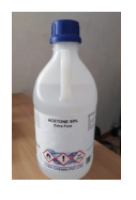
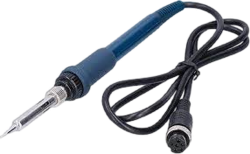
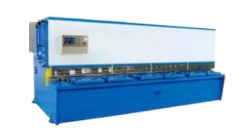
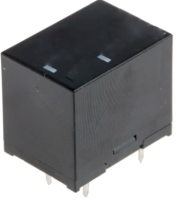
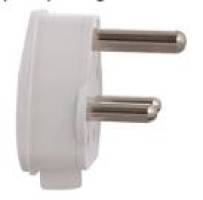
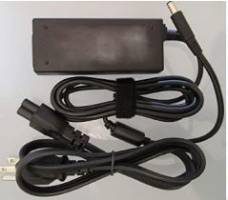
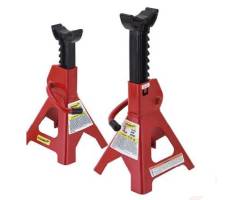
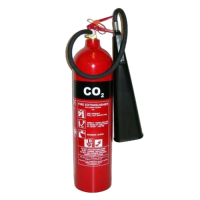
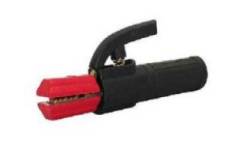

 91-9829132777
91-9829132777